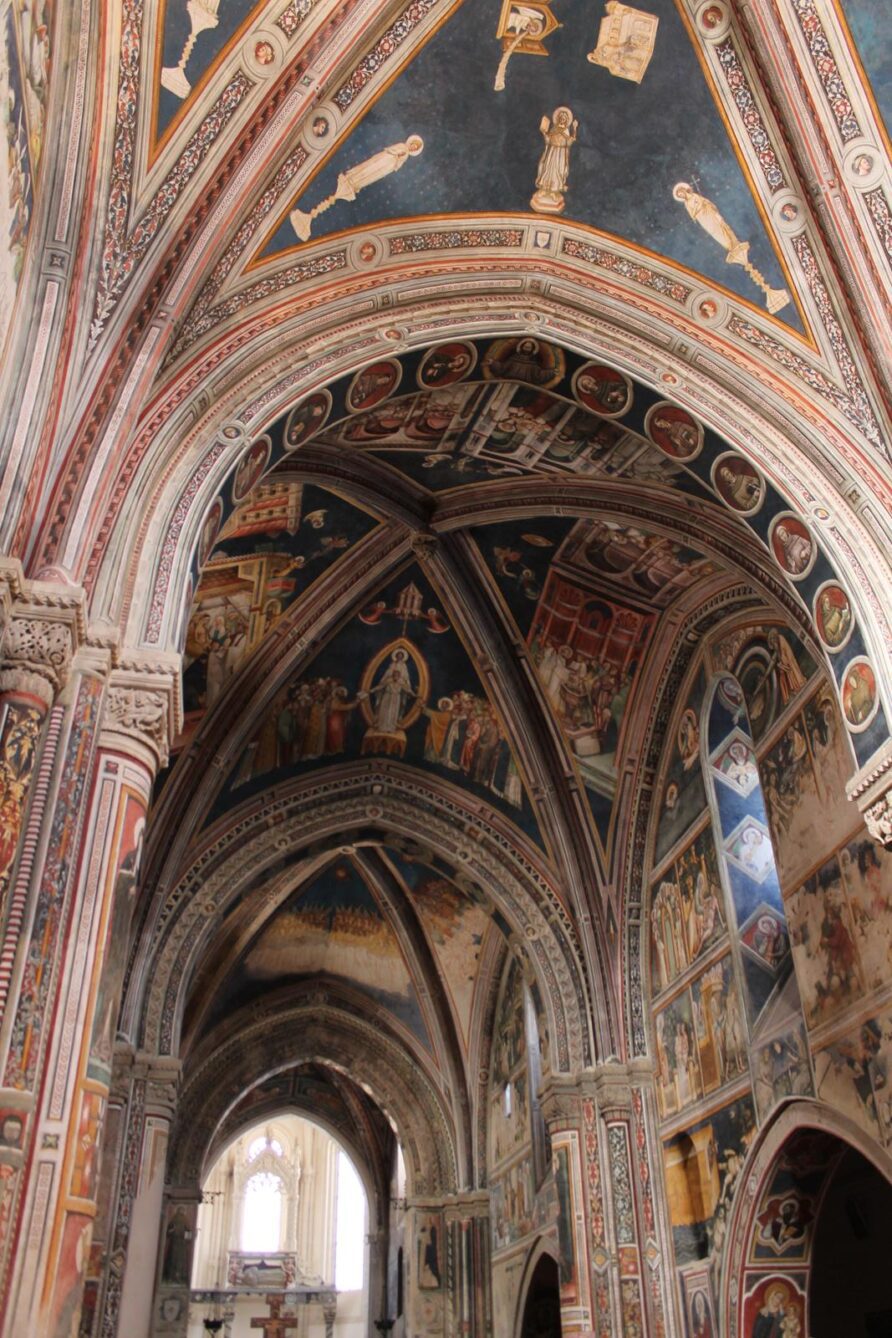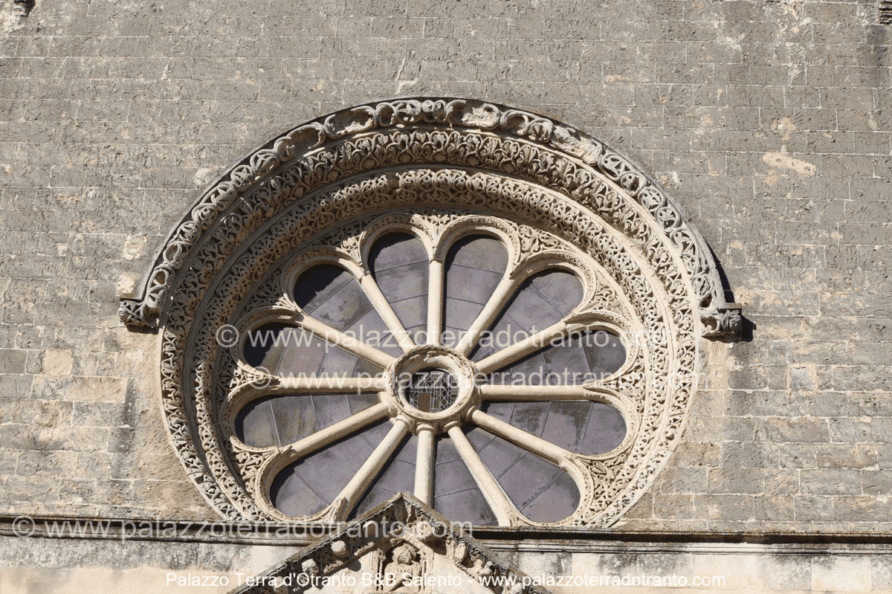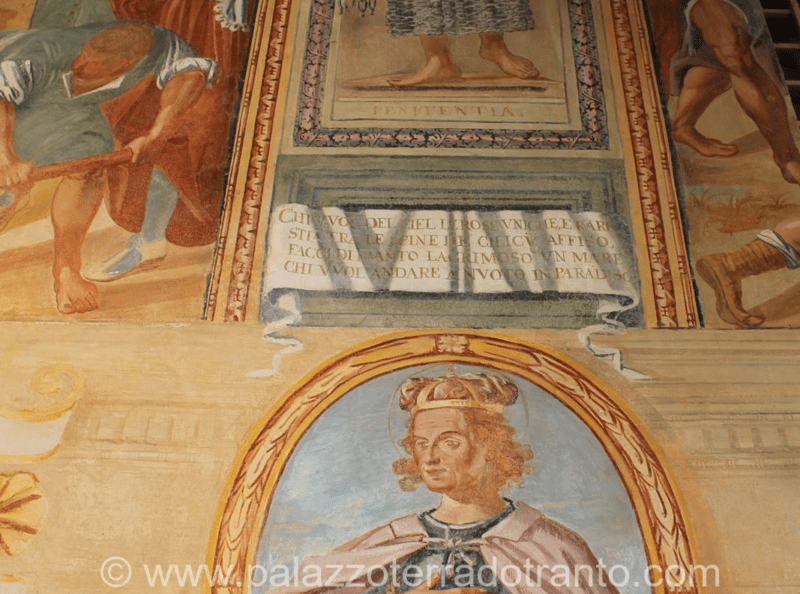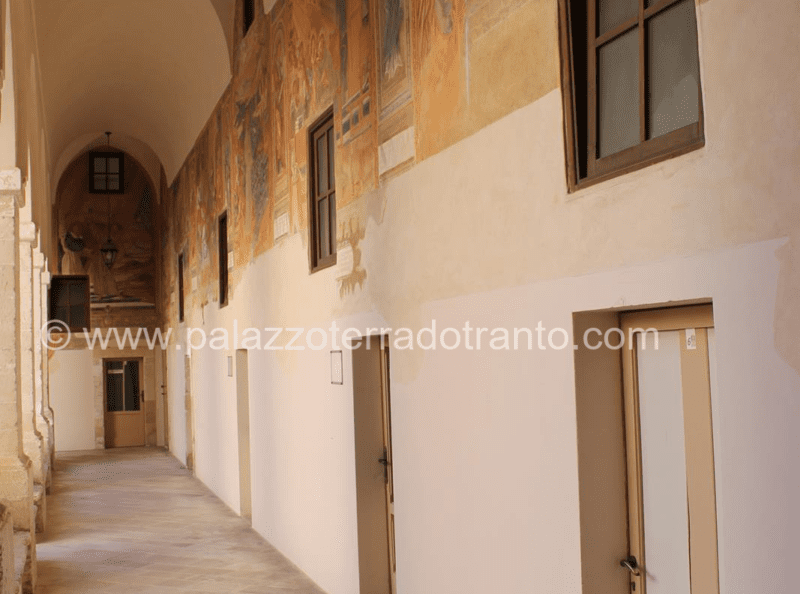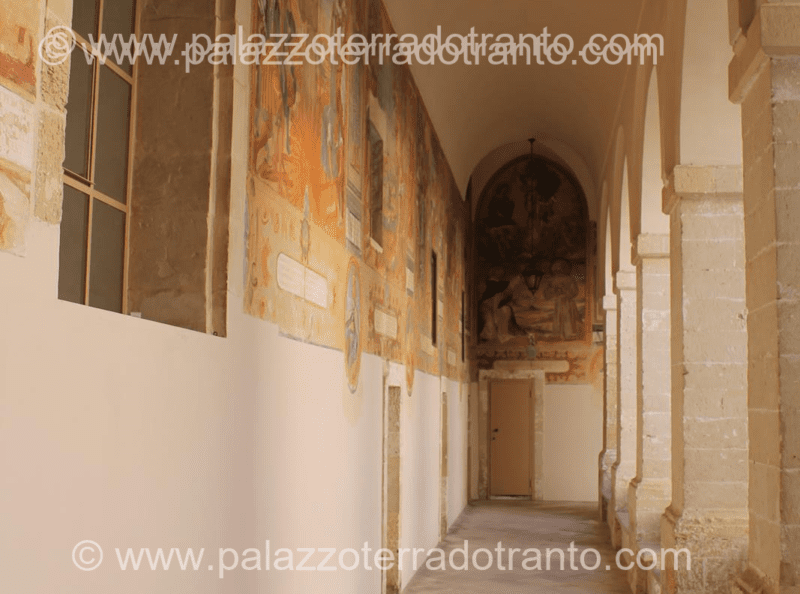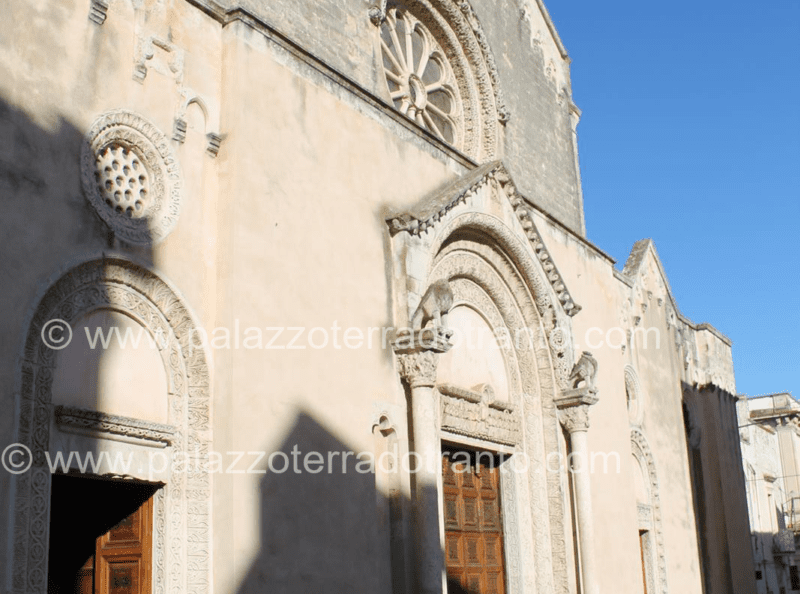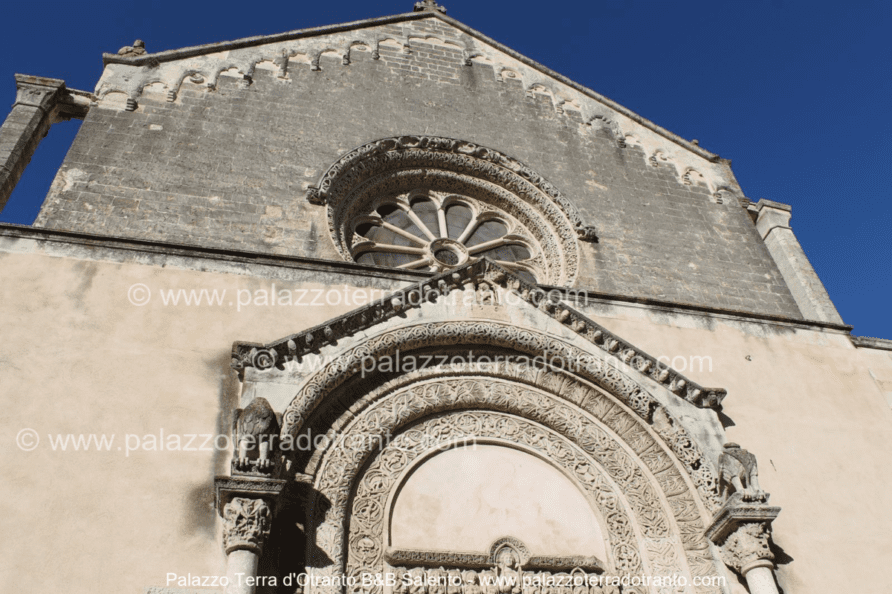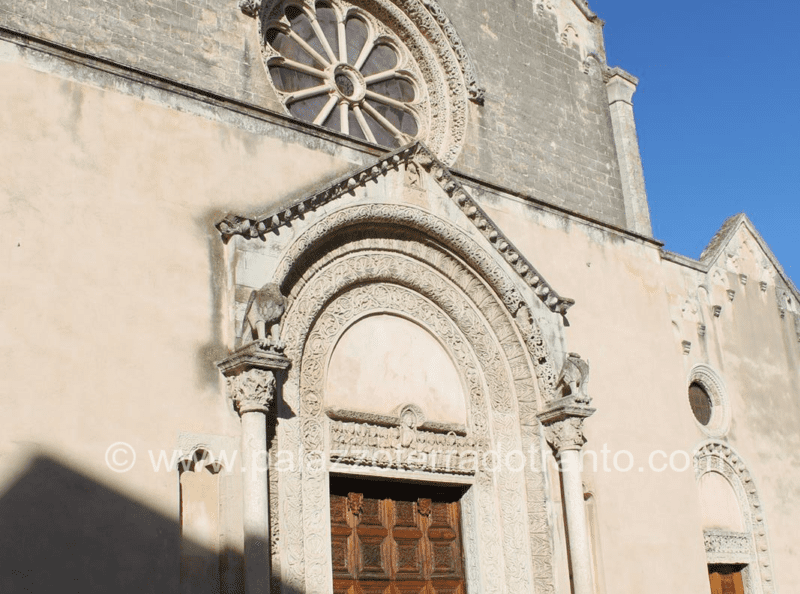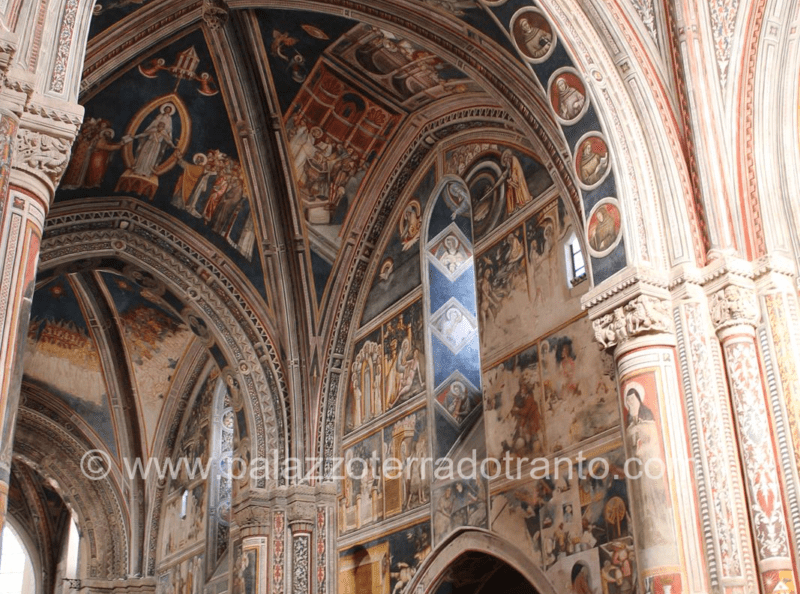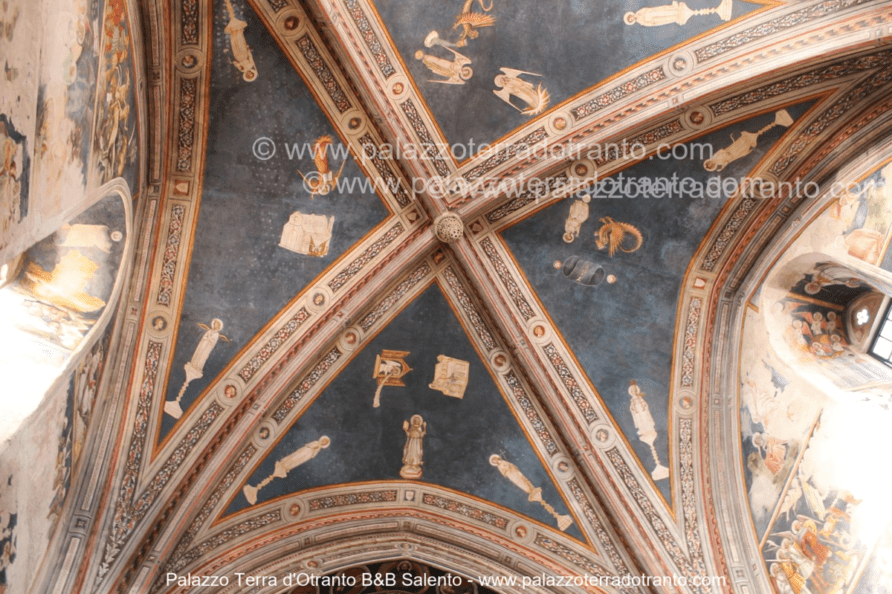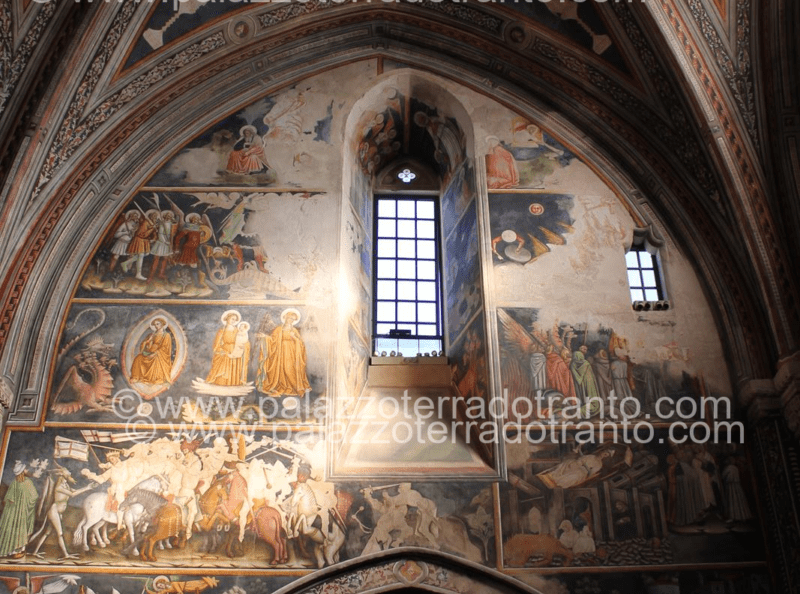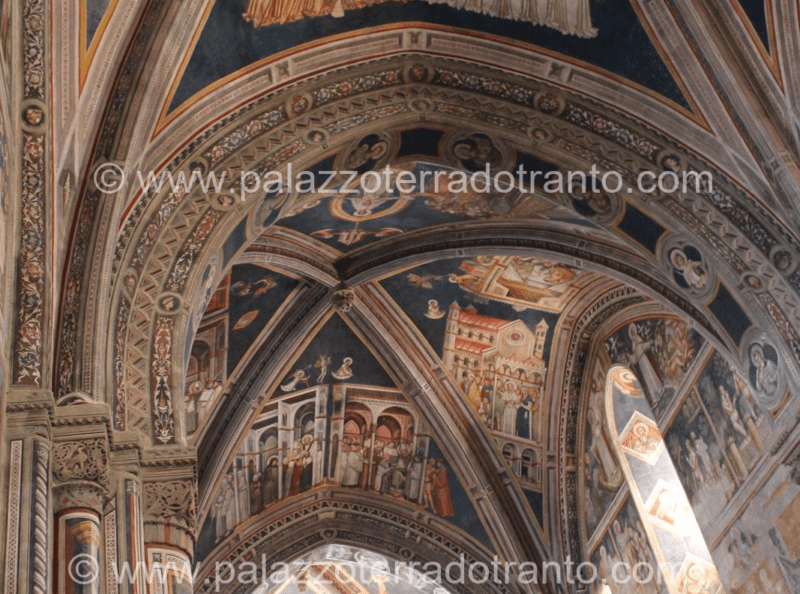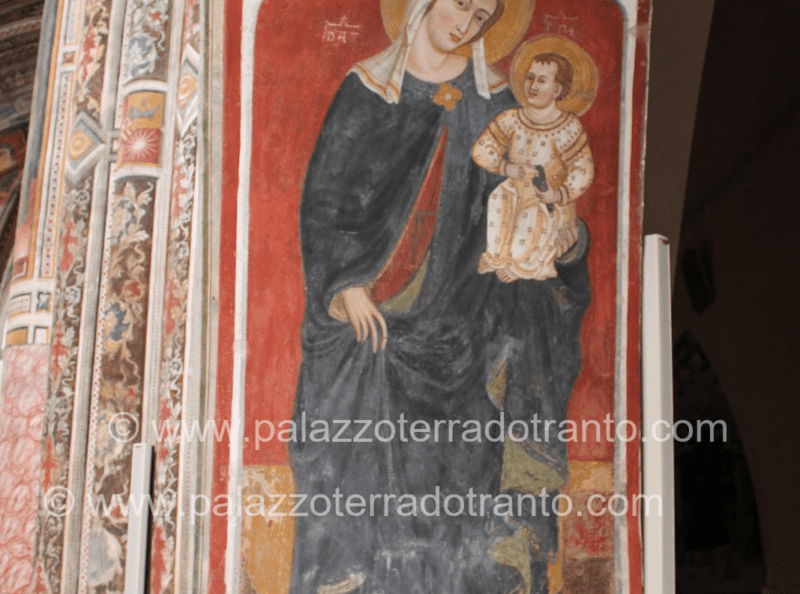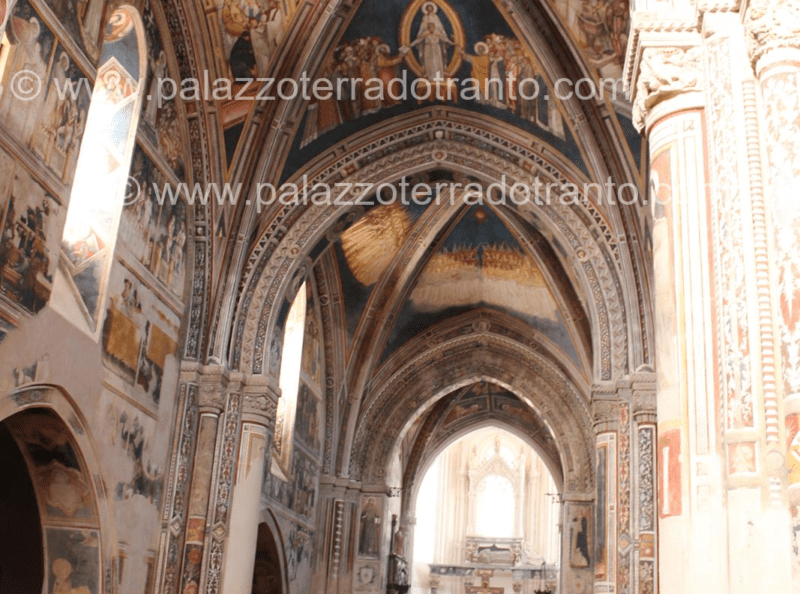A Journey Back in Time 🕰️
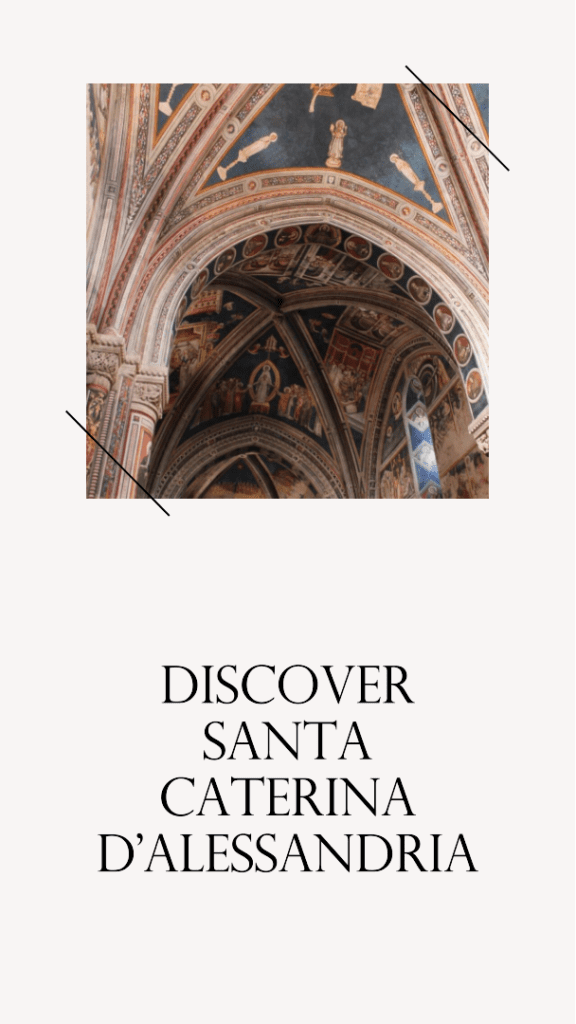
Are you a history buff or an art aficionado? Or perhaps you’re just someone who appreciates the beauty of ancient architecture? If so, then you’re in for a treat! Nestled in the heart of Galatina, a charming town in Puglia, Italy, stands the awe-inspiring Basilica di Santa Caterina d’Alessandria.
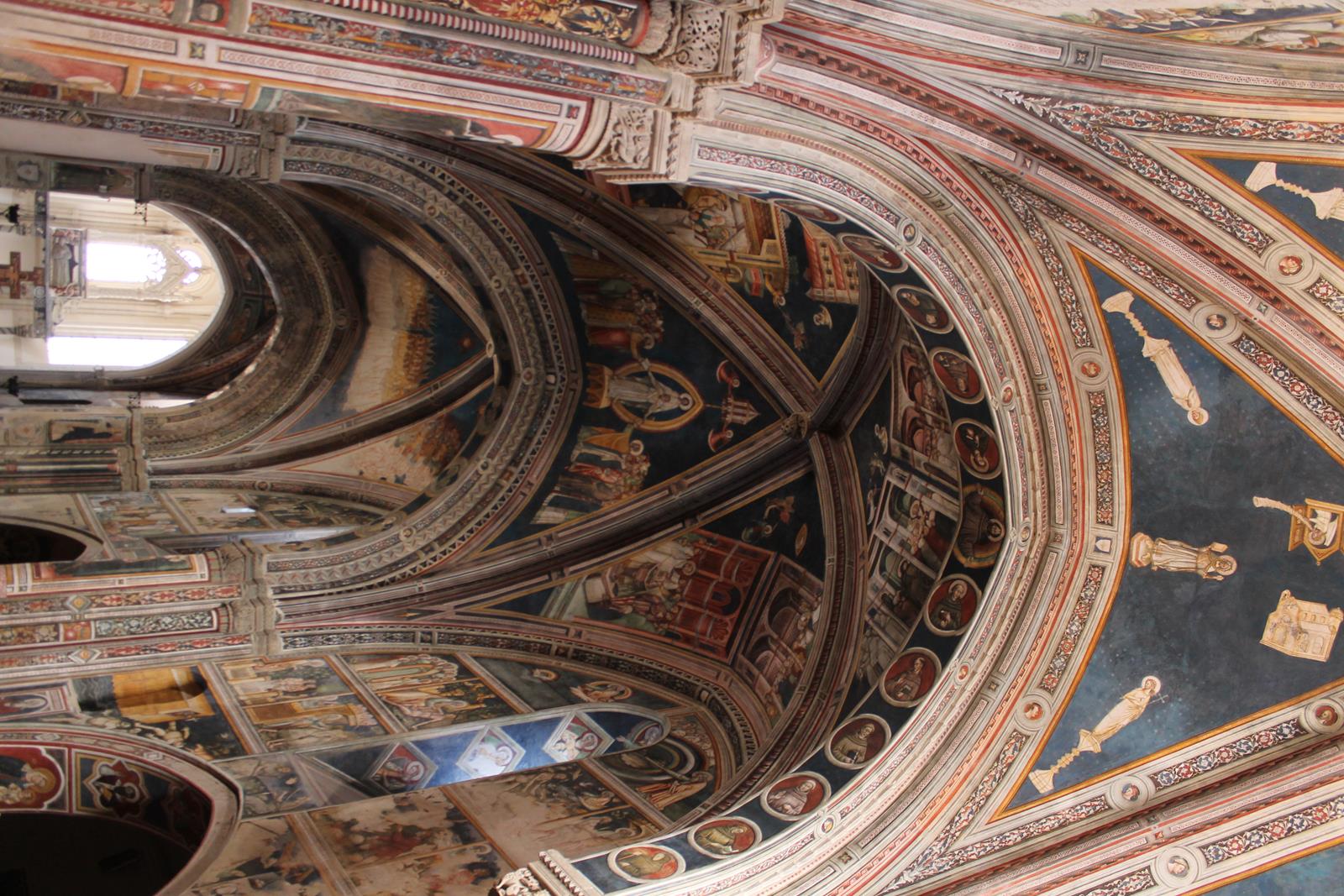
The Legend and the History
Built between 1384 and 1391
Plan Your Visit 🗺️
Open from 8:30 AM to 12:30 PM and 4:30 PM to 8:30 PM
Located in Piazza Orsini, right in the center of Galatina
Foodie Stop
Galatina is also the Birthplace of the traditional Pasticciotto
Pasticceria Andrea Ascalone in Via Vittorio Emanuele II 17
This basilica is not just a church; it’s a masterpiece of Romanesque art and Italian Renaissance that will transport you back to the 14th century. 🏰
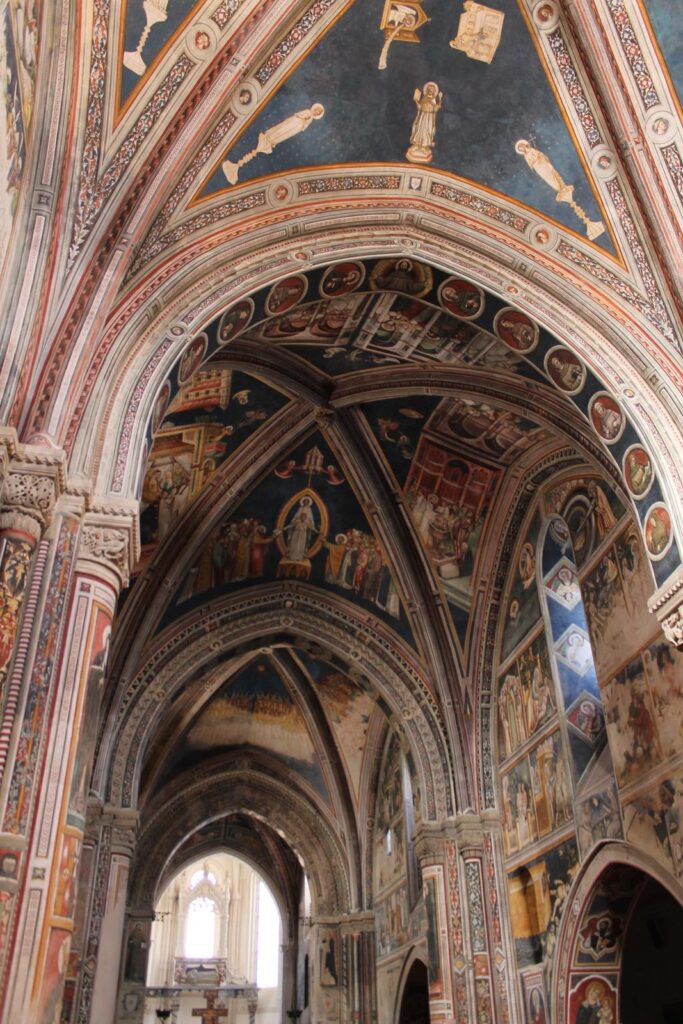
The Legend and the History 📜
The basilica was built between 1384 and 1391 by Raimondello Orsini del Balzo, a man of faith who, legend has it, traveled as far as Mount Sinai. It’s said that before leaving Sinai, he kissed the hand of Saint Catherine and bit off her finger, which is now preserved in a silver reliquary in the church. 🤲💫
But the real reason behind the church’s construction was Pope Boniface IX’s decision to send Franciscan monks to ‘Latinize’ the rebellious south, which still practiced Orthodox rites. Where else could these monks stay but in a new church and convent? Thus, the construction began. 🛠️A Visual Feast for the Soul 🎨
The basilica is a treasure trove of art. Commissioned by Raimondello’s wife, Marie d’Enghien de Brienne, the frescoes that adorn the basilica were likely created by artists of the Giotto school from central Italy, influenced by the Neapolitan school. These frescoes are almost entirely set against a blue background and are incredibly well-preserved. 🖼️
The basilica is divided into three distinct naves, each separated by massive droplet-shaped arches. Each nave tells a different biblical story:
- The Apocalypse: Scenes from the Book of Revelation grace the counter-façade and the first nave. 🌍🔥
- The Genesis: The second nave features stories from the Book of Genesis, including a plump Adam and Eve disobeying God. 🍎🐍
- Life of Christ: The third nave culminates in a vault full of golden angels and portrays the life of Jesus Christ. 👼✝️
But that’s not all! The basilica also houses a cycle of 17 frescoes depicting the lives of Saint Catherine and Saint Francis, located in the presbytery at the far left, accessible directly from the street. 🎭
If you are curious to know and try the pasticciotto from the place it was born visit Pasticceria Andrea Ascalone in Via Vittorio Emanuele II 17
Take advantage of our Special Offer and receive up to 20% off when you book one of our elegant and spacious suites, complete with daily breakfast.
Stay: 3 nights
Price from €
35
/ night
- per person
Plan Your Visit 🗺️
The Basilica di Santa Caterina d’Alessandria is open from 8:30 AM to 12:30 PM and 4:30 PM to 8:30 PM. The church is located in Piazza Orsini, right in the center of Galatina. While you’re there, don’t forget to check out the two funerary monuments of the Orsini del Balzo family and the central rose window, which appears as a twelve-petaled flower from the inside. 🌹
After soaking in the beauty of the basilica, you might find it hard to be equally impressed by any other monument or museum. However, the nearby 18th-century frescoes in the cloister and the small museum (€1 entry) are worth a quick visit. 🏛️
What:
Nestled in the heart of Galatina, the Basilica di Santa Caterina d’Alessandria stands as a testimony to Apulian medieval artistry. Established in the 14th century, the Basilica is renowned for its elaborate frescoes depicting biblical scenes and saints’ lives, offering a visual feast for visitors. The architectural grandeur of the Basilica, with its ornate Gothic and Romanesque styles, reflects the diverse cultural influences that have shaped this region. Visitors are bound to be spellbound by the intricate artwork, the serene ambiance, and the aura of reverence that envelops this historical sanct
Where (with Map):
The Basilica di Santa Caterina d’Alessandria is located in Piazza Orsini, right in the center of Galatina. the historical center of Galatina, easily accessible by road. Its proximity to other notable attractions like the Church of Saints Peter and Paul, and the charming old town of Galatina, make it a pivotal point of interest for those exploring the region. A well-planned itinerary can include a day’s tour of the Basilica, followed by a stroll through the quaint streets of Galatina, soaking in the allure of Puglia’s history and culture.
When:
The Basilica di Santa Caterina d’Alessandria is open from 8:30 AM to 12:30 PM and 4:30 PM to 8:30 PM
While the Basilica welcomes visitors year-round, spring and autumn offer the most pleasant weather for exploration. Additionally, special liturgical events and local festivals surrounding the Basilica provide a unique cultural immersion, making these times particularly enriching to visit. The month of November holds special significance as it hosts the feast of Saint Catherine, a grand celebration imbued with religious fervor and local traditions.
Why:
Visiting the Basilica di Santa Caterina d’Alessandria is more than just a sightseeing excursion; it’s a dive into a rich historical and cultural milieu. The Basilica is not merely a relic of the past, but a living embodiment of Puglia’s ecclesiastical tradition and artistic heritage. Its position as a hidden gem in Puglia offers a less trodden path for those seeking a tranquil yet enriching experience away from the bustling tourist hubs. The Basilica invites one to connect with a bygone era while appreciating the timeless beauty and devotion encapsulated in its walls.
If you are curious to know and try the pasticciotto its birthplace visit Pasticceria Andrea Ascalone in Via Vittorio Emanuele II 17
What else to see in Galatina ?
Chiesa SS. Pietro e Paolo In the heart of Galatina’s ancient baroque village, stands the imposing Church of Saints Peter and Paul. Built in Lecce stone, this late-baroque church captivates with its theatrical facade, a rococo triumph of friezes, niches, and stone statues. The interior walls are covered in frescoes, including a late 19th-century depiction of episodes from Saint Peter’s life. It houses splendid polychrome marble altars, the prominent being the altar of the old Sacrament Chapel from the second half of the 17th century.

Cappella e pozzo di San Paolo The small Chapel of San Paolo and its miraculous well, located on Corso Garibaldi in Galatina, have been a place of grace where ‘tarantate’ women sought cures from the spider’s bite by drinking well water. After extensive restoration, the altarpiece by Francesco Saverio Lillo depicting Saint Paul has been returned to its place. The chapel is the origin of the ‘pizzica’ dance and music that symbolizes Salento’s culture, evolving from the ritualistic drum beats used to cure the afflicted.

Museo Civico ‘Pietro Cavoti’ Established from Cosimo De Giorgi’s desire to preserve Pietro Cavoti’s collection, the ‘Pietro Cavoti’ Civic Museum in Galatina houses a collection of works donated by lawyer Raffaele Torricelli. The museum was initially housed in Palazzo Orsini but was moved to the former Dominican Convent in 1970. The current arrangement, done by Maria Prato, outlines Galatina’s history from antiquity to the 20th century.
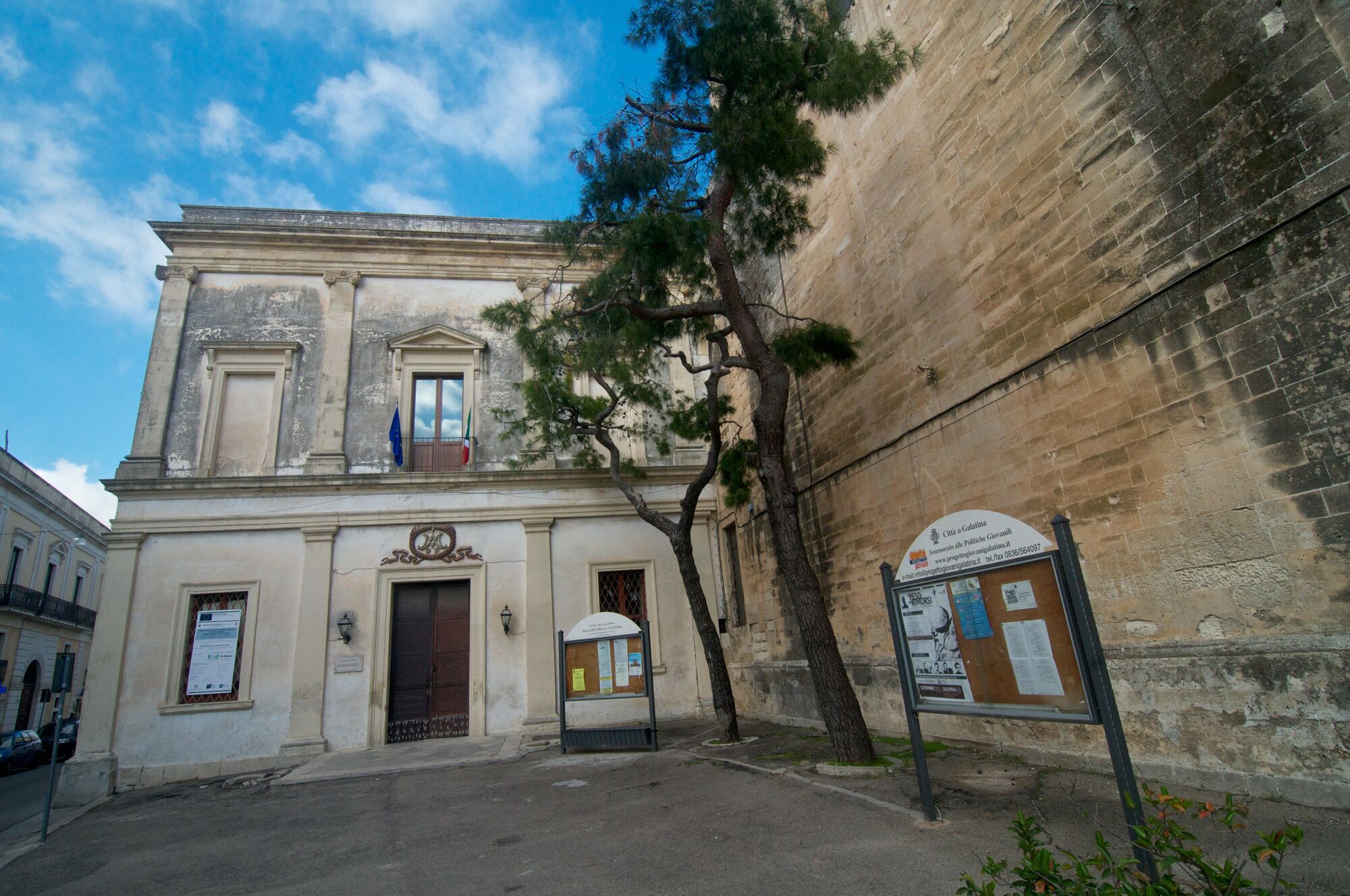
Palazzo Congedo The Palazzo Congedo, dating back to the 1700s and owned by the Congedo family, features a 16th-century aesthetic. The atrium is particularly noteworthy, displaying a unique balustrade from that period. The architecture stands out in Galatina for its longitudinal development and uncommon civil architecture modules.

Teatro Cavallino Bianco Teatro Cavallino Bianco, a beautiful example of 20th-century architecture, stands in the center of Galatina. Built between 1947 and 1949 by Antonio De Gioia, it was named after Ralph Benatzky’s operetta and was the cultural hub of the city for many years. The theater is currently undergoing significant renovations, with its first performance of Verdi’s ‘Rigoletto’ opening in 1949. It has since hosted a range of theater companies, film screenings, and notable performances like the ‘Antigone e Sofocle’ by Bertold Brecht, staged by the Living Theatre in 1980.

Galatina’s historical and cultural sites form a mosaic of the town’s rich past and present, inviting visitors to explore and immerse themselves in its profound heritage.
Take advantage of our Special Offer and receive up to 20% off when you book one of our elegant and spacious suites, complete with daily breakfast.
Stay: 3 nights
Price from €
35
/ night
- per person
In Conclusion 🌟
So, if you’re planning a trip to Italy, make sure to include the Basilica di Santa Caterina d’Alessandria in Galatina on your itinerary. It’s a hidden gem that offers a rich blend of history, art, and spirituality. 🗺️🎨🙏
